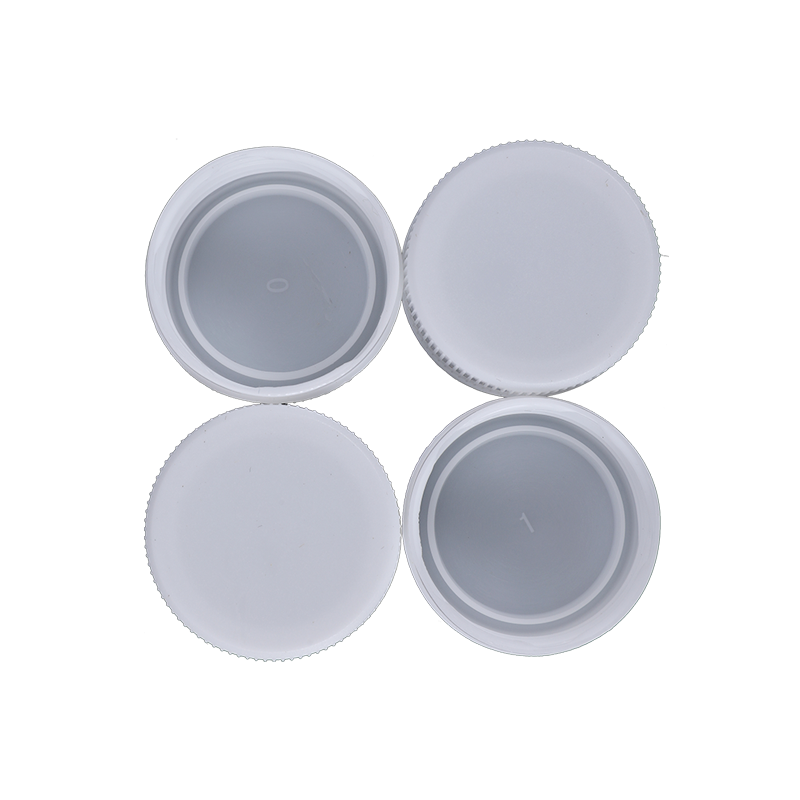Structures such as grooves and reinforcing ribs should be designed so as not to cause inconvenience to the printing operation. The oval-shaped plastic bottle cap has higher rigidity, but the manufacturing cost of the mold is higher. Therefore, in order to ensure the rigidity of the plastic bottle, in addition to selecting materials with high rigidity, the rigidity and load-resistant strength of the medicinal plastic bottle should be enhanced through the shape design of the plastic bottle.
Due to the notch sensitivity of most plastics, plastic bottles are prone to cracks and cracks at sharp corners, the root of the mouth thread, and the neck, so these parts should be designed with rounded corners. For the transfer point of the rectangular plastic bottle, most of the load of the plastic bottle needs to be supported, so locally increasing the wall thickness at this point is also conducive to improving the rigidity and load-resistant strength of the plastic bottle. Medicinal plastic bottles should have sufficient rigidity and beautiful appearance, which can attract users' attention in appearance and ensure that consumers can have many choices and usability in use. The common shapes of medicinal plastic bottles are round, square, oval, etc.

From a usage perspective, they each have their own advantages and disadvantages. The round plastic bottle has high rigidity, but the appearance is not beautiful. The square plastic bottle has a beautiful appearance, but it is difficult to control the uniform wall thickness of the plastic bottle during molding. Medicinal plastic bottles should be well controlled and designed in production, produced and produced according to certain production and processing techniques, and have good performance and functions, which can fully demonstrate their importance in the industry.
When labels are used on the surface of medicinal plastic bottles, the label surface should be flat. A "frame" can be designed on the surface of the plastic bottle, so that the label can be positioned accurately without moving. During blow molding, the first contact part of the parison inflation is always the part that hardens first. Therefore, the wall thickness of this part is also larger. The edge and corner parts are the parts that come into contact with the parison after inflation, and the wall thickness of this part is small.
Therefore, the edges and bits of the plastic bottle should be designed with rounded corners. Changing the surface shape of the plastic bottle, for example, the middle of the plastic bottle is relatively thinner, and adding circumferential grooves or ribs on the surface of the plastic bottle can improve the rigidity and bending resistance of the plastic bottle. Longitudinal grooves or reinforcing ribs can eliminate deflection, sagging or deformation of plastic bottles under long-term load.